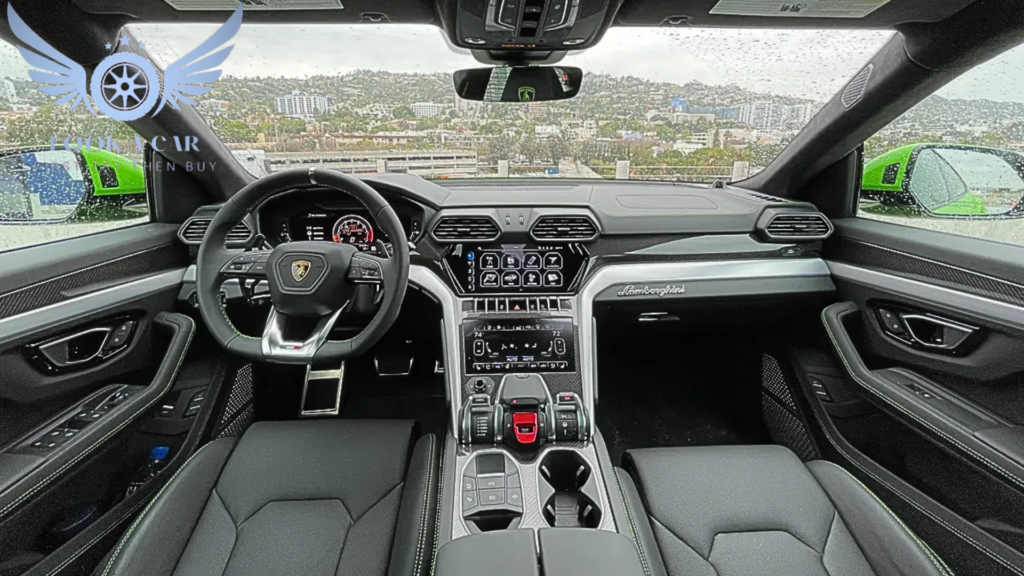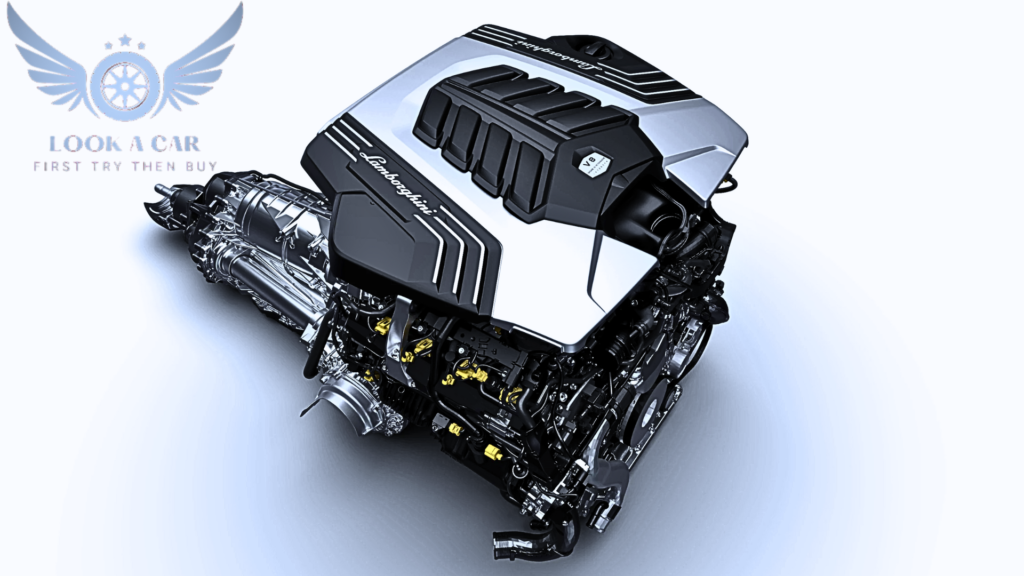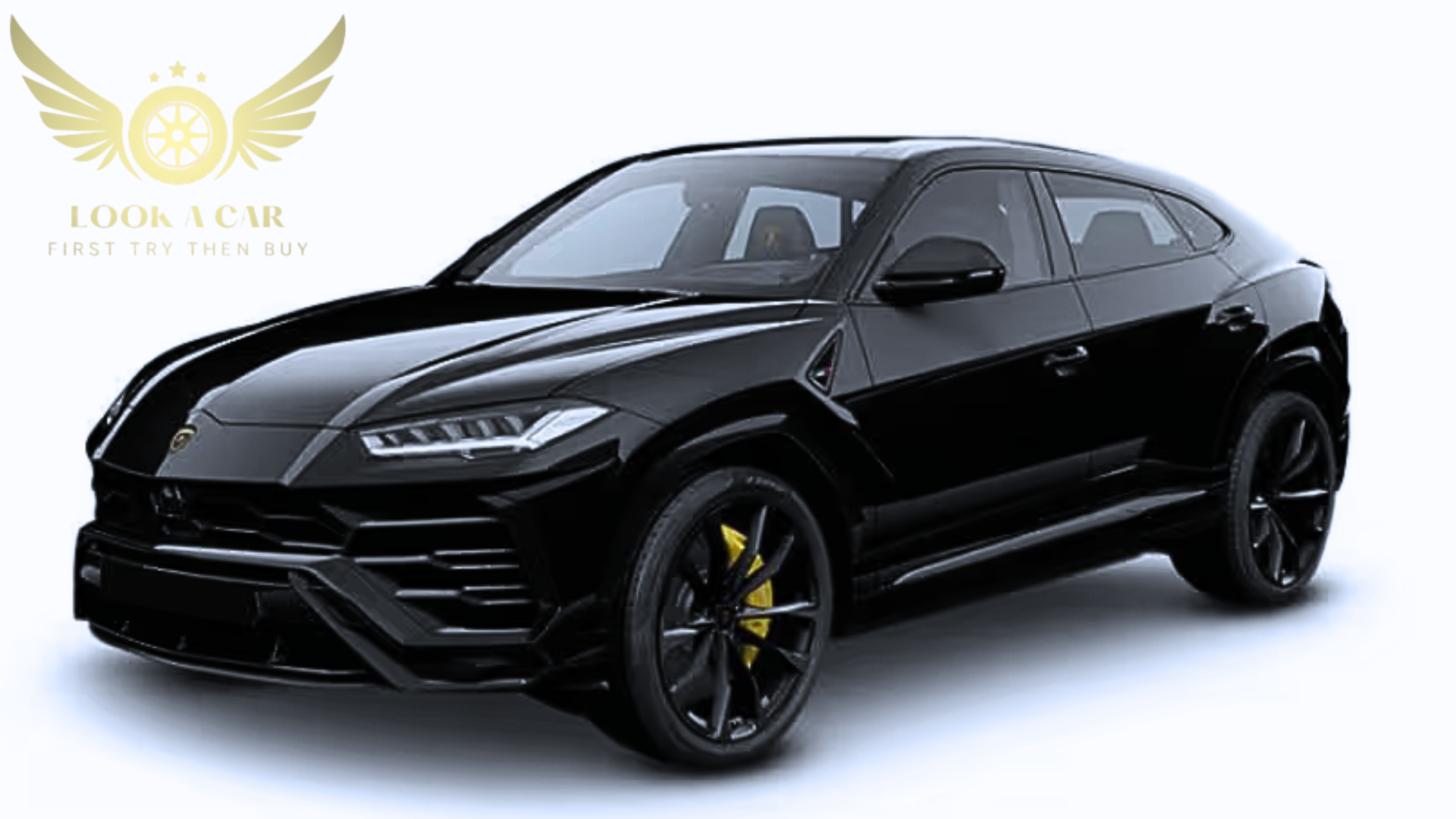Overview
The original Lamborghini Urus introduced the brand to the high-performance SUV market. For 2025, the new Urus SE takes a big step into the world of electric vehicles. It features a plug-in hybrid (PHEV) powertrain, combining a twin-turbo 4.0-liter V-8 engine with a 192-hp electric motor. Together, they produce an impressive 789 horsepower. This hybrid setup smooths out the torque curve, making the ride more manageable.
The Urus SE has a 25.7-kWh battery that allows for electric-only driving. While official range numbers aren’t out yet, Lamborghini suggests it might offer about 37 miles in Europe, likely around 21 miles in the U.S. EPA tests.
In terms of design, the Urus SE includes updates like a new liftgate, front and rear diffusers, and a slightly refreshed interior that stays close to the previous gas-powered version. Overall, the Urus SE maintains the bold Lamborghini style and presence, now with the added benefit of electric driving and better torque performance.
For those not ready for a hybrid, the Urus S and Urus Performante will remain available in 2025, but this will be their final year.
What’s New for 2025?
The 2025 Urus SE introduces a new hybrid powertrain and a mid-cycle update. This includes adaptive matrix LED headlights, a power-dome hood, and a redesigned liftgate with a noticeable center crease. The bumpers and diffusers have also been refreshed, and there are new Y-pattern graphics. Buyers can choose from over 100 paint colors.
The option list now includes stylish 23-inch Galanthus wheels with Pirelli P Zero tires—285/35 in the front and 325/30 in the rear. Inside, there’s a larger 12.3-inch touchscreen with better response and voice control, but it still keeps many physical buttons and a cool starter button in a cage.
Pricing and Which One to Buy
The price of the 2025 Lamborghini Urus is expected to start around $245,000 and go up to $275,000 depending on the trim and options.
S
$245,000 (est)
Performante
$275,000 (est)
SE Hybrid
$275,000 (est)0$100k$200k$300k$400k$500k
You could save some coin by going with the standard-issue Urus S, but that means you’d also miss out on maximum performance. We’d pick the new SE Hybrid, which boasts the most horsepower of any Urus model and is likely to be the quickest of the bunch.
Exterior
The Lamborghini Urus boasts a bold and aggressive design that makes it stand out on the road. Its sharp lines and muscular stance give it a sporty appearance. The front features a large, distinctive grille, flanked by striking LED headlights that enhance its fierce look. The wide wheel arches house stylish alloy wheels, and the sculpted body adds to its athletic profile.
At the rear, the Urus has a sculpted liftgate and sleek LED taillights that wrap around the edges. The sporty exhaust outlets further emphasize its performance capabilities. Overall, the exterior design combines luxury and sportiness, making the Urus a true head-turner.

Sure! Here’s a simple table that outlines various aspects of exteriors for buildings. Let me know if you need something different!
| Aspect | Description | Examples |
|---|---|---|
| Materials | Types of materials used for exterior walls | Brick, wood, stucco, vinyl |
| Styles | Architectural styles that define the look | Modern, colonial, rustic |
| Colors | Common color palettes for exteriors | Neutral tones, bold colors |
| Features | Key exterior features to enhance aesthetics | Porches, balconies, shutters |
| Landscaping | Elements that complement the exterior | Gardens, pathways, trees |
Interior, Comfort, and Cargo
Inside, the Urus has a striking cabin that reflects Lamborghini’s bold style. It features jet-fighter design elements, like a start button hidden under a red flip cover and a shifter that looks like a jet’s throttle. To the left of the shifter are levers for drive modes and customizable performance settings. The interior includes lots of faux-suede and carbon-fiber trim, while the infotainment system and adjustable gauges are similar to what you’d find in an Audi.
The back seat offers plenty of space for passengers and can accommodate either two or three people, depending on the seating setup. For storage, there are handy door pockets and a bin behind the center console. The Urus provides up to 22 cubic feet of cargo space, though this reduces by 2 cubic feet if you choose the optional rear bucket seats.

Sure! Here’s a table focusing on various aspects of interiors for buildings. Let me know if you want to adjust anything or add more details!
| Aspect | Description | Examples |
|---|---|---|
| Materials | Types of materials used for interior surfaces | Drywall, wood, tile |
| Styles | Design styles that define the interior look | Minimalist, industrial, bohemian |
| Colors | Common color schemes used for interiors | Warm neutrals, bold accents |
| Furniture | Key pieces that define interior functionality | Sofas, tables, chairs |
| Lighting | Types of lighting fixtures that enhance ambiance | Chandeliers, recessed lights, floor lamps |
| Decor | Decorative elements that personalize the space | Artwork, rugs, plants |
Infotainment and Connectivity
Every Urus comes with the latest infotainment and connectivity features. It has a fully digital gauge cluster and two touchscreens in the center console that control the climate, audio, and more. The screens have clear graphics and large icons, but some users may find them less intuitive than regular knobs and buttons.
Safety and Driver-Assistance Features
The Lamborghini Urus offers a range of standard and optional driver-assistance technologies, including a night-vision camera. For details on crash-test results, you can check the National Highway Traffic Safety Administration (NHTSA) and the Insurance Institute for Highway Safety (IIHS) websites. Key safety features include:
- Standard adaptive cruise control with stop-and-go capability
- Standard blind-spot monitoring and rear cross-traffic alert
- Available self-parking assist
Sure! Here’s an article about engines, focusing on their types, functions, and advancements.
Understanding Engines: The Heart of Modern Machinery
Engines are integral to the functionality of countless machines, from vehicles to industrial equipment. They convert fuel into mechanical energy, enabling movement and operation. This article explores the different types of engines, their mechanisms, and recent advancements in engine technology.
Types of Engines
- Internal Combustion Engines (ICE)
- Description: These engines burn fuel inside the engine itself. They are widely used in automobiles, motorcycles, and small machinery.
- Types:
- Gasoline Engines: Use spark plugs to ignite a mixture of air and fuel.
- Diesel Engines: Utilize compression to ignite diesel fuel, known for better fuel efficiency and torque.
- External Combustion Engines
- Description: In these engines, fuel combustion occurs outside the engine. The most common example is the steam engine, where steam generated from boiling water drives the engine.
- Applications: Historically used in trains and ships, they are now mostly of historical interest but are still used in some power plants.
- Electric Engines
- Description: These engines convert electrical energy into mechanical energy. Electric motors are used in a wide range of applications, from household appliances to electric vehicles (EVs).
- Advantages: They offer high efficiency, low maintenance, and zero emissions during operation.
- Hybrid Engines
- Description: Combining internal combustion and electric engines, hybrid systems aim to optimize efficiency and reduce emissions.
- Example: Many modern cars utilize hybrid technology to balance performance and environmental concerns.
How Engines Work
The basic principle behind most engines is the conversion of fuel into energy through combustion or electrical processes. Here’s a simplified breakdown of how an internal combustion engine operates:
- Intake Stroke: The engine draws in a mixture of air and fuel.
- Compression Stroke: The mixture is compressed, raising its temperature and pressure.
- Power Stroke: A spark ignites the mixture (in gasoline engines), causing an explosion that forces the piston down, creating power.
- Exhaust Stroke: The spent gases are expelled from the engine.
Electric engines operate on a different principle, where electrical energy is transformed into mechanical energy using magnetic fields.
Advancements in Engine Technology
- Fuel Efficiency Improvements
- Manufacturers are continuously developing engines that maximize fuel efficiency through innovative designs and materials.
- Emissions Reduction
- Stricter environmental regulations have led to the development of engines with lower emissions. Technologies like catalytic converters and improved fuel injection systems play a crucial role.
- Electrification
- The rise of electric vehicles has spurred significant advancements in electric engine technology, including better battery systems and energy recovery methods.
- Smart Engines
- The integration of artificial intelligence and machine learning into engine management systems helps optimize performance and efficiency in real-time.

Sure! Here’s a table summarizing different types of engines, their characteristics, and applications:
| Engine Type | Description | Fuel Source | Applications | Advantages |
|---|---|---|---|---|
| Internal Combustion Engine | Burns fuel within the engine | Gasoline, Diesel | Cars, motorcycles, generators | High power output, established technology |
| External Combustion Engine | Burns fuel outside the engine | Wood, coal, etc. | Steam locomotives, power plants | Reliable, used in large-scale applications |
| Electric Engine | Converts electrical energy to mechanical energy | Electricity | Electric vehicles, appliances | High efficiency, low emissions |
| Hybrid Engine | Combines internal combustion and electric systems | Gasoline, electricity | Hybrid cars, buses | Better fuel economy, reduced emissions |
| Rotary Engine | Uses a triangular rotor instead of pistons | Gasoline, Diesel | Some sports cars, aircraft | Compact design, fewer moving parts |
| Biofuel Engine | Designed to run on biofuels like ethanol or biodiesel | Biofuels | Agricultural machinery, some vehicles | Renewable energy source, lower emissions |

